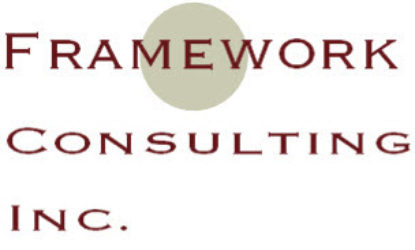This week, I created a video summary of the column.
Should an employee be granted the right to turn down a manager’s request to focus on a given task, thereby dropping everything else? And is it better to have a reporting relationship based on obedience or its opposite: independent choice? While there are no easy answers, the times are changing and so must leaders in your company.
Fortunately, managers who believe that their job is to do all the thinking while employees solely follow instructions are becoming rare. Yet, when the pressure is on, many managers become bossy. In the heat of the moment they give orders, and expect them to be followed without question. Resorting to anger they issue threats, stirring up fear in the hearts of others.
The worst rely on this tactic exclusively. Better managers initially start off being nice then turn into monsters later, arguing that people take advantage of the softer approach and therefore deserve this treatment.
They point to their personal experience as proof, which science supports. However, studies also show that this dominating technique has severe limits. While it gets action started, should it be a manager’s preferred tactic?
New research demonstrates otherwise.
A recent study led by Rom Schrift at the University of Pennsylvania shows that experimental subjects persisted longer in a task when they had the option to say “No.” It revealed that when they were granted a degree of autonomy, they performed better than others who weren’t given the same choice.
If you are a manager, it’s not hard to see why. In general, intrinsic motivation is a far better tool than its counterpart. In other words, you must give employees the option of saying “No” if you want them to perform at their best, especially if the task at hand involves more than a quick, physical action.
Let’s consider the extreme: what about the person at the bottom of your pyramid who is a simple laborer? I invite you to question your assumptions around this example from three angles.
- Should simple workers be in your firm at all?
A contractor once shared with me that his industry is the only one in which a convict can leave prison today, and tomorrow be hired to take orders on an active construction site. The consequence? Poor quality work, indiscipline, random departures and theft.
While this tactic guarantees a low wage bill, it simultaneously creates greater problems.
Unfortunately, this mindset of hiring “mere” workers pervades companies of all kinds.
Try a different one: even the simplest role expands in complexity when the person who performs it has some autonomy to produce superior results. Therefore, all potential hires have the capacity to make up their own minds, becoming better contributors over time.
Armed with this mindset, abolish the notion of a “simple” laborer.
- Should employees be calendar-trained?
Too many managers try to be omnipotent, believing that they can keep track of every employee’s calendar. In other words, they don’t trust staff to prioritize their work without being directed.
The solution isn’t to make an effort to become omniscient. Instead, managers need to train their workers to use better time management skills so that their calendar actually reflects the work they are doing from one hour to the next.
In habitual practice, the opposite is true. Most smartphone calendars are only used to track people’s appointments. All other tasks are left to memory – a sign of weak skills.
By contrast, employees with superior abilities are always looking at real-life trade-offs between activities. To make these difficult decisions, they realize they must use their calendar as a point of coordination. As such, their “No” is a reflection of a tough call, rather than a whim.
- Should managers be retrained?
As a manager, it’s tempting to jump in, give orders and negate your employee’s choices. Instead, when the impulse hits, restrain yourself. Have a conversation that looks more like an inquiry into priorities, than a demand for immediate obedience.
Why is this important?
Here in the Caribbean, our workers are sensitive: highly reactive to small slights which they take personally. The sad reality is that it only takes a single, harsh interaction to demote a newly hired eager-beaver. In the quint of an eye, they join the ranks of other sullen victims who only go through the motions. This coping mechanism got us through slavery, and the fact that it won’t change soon means that managers must un-learn the habit of routinely negating an employee’s “No.”
These three recommendations have a magical benefit: they grant employees the opportunity to say “No” in a way that keeps them motivated and productive. Take this power away and you risk miring your company in mediocrity.
Francis Wade is the author of Perfect Time-Based Productivity, a keynote speaker and a management consultant. Missed a column? To receive a free download with articles from 2010-2017, send email to columns@fwconsulting.com
http://jamaica-gleaner.com/article/business/20180422/francis-wade-why-employees-need-power-say-noWHy Employees ne










